New perk! Get after it with local recommendations just for you. Discover nearby events, routes out your door, and hidden gems when you sign up for the Local Running Drop.
How to find the right pack, clothes, food and other accessories for your next multi-day running adventure
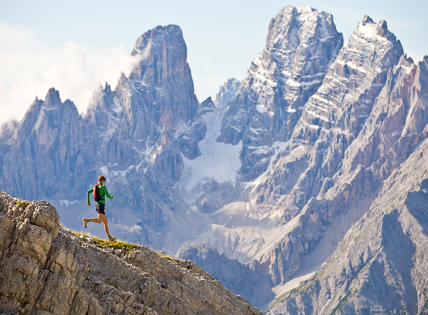
Photo by PatitucciPhoto
Editor’s Note: This is the fourth installment in ultrarunner Jenn Hughes’ ongoing series on training for stage races, leading up to the September 2013 Grand to Grand Ultra. (Keep an eye out in future issues of our print mag for Jenn’s race recap from G2G!)
Selecting gear for any key race is nerve wracking, but usually racers have the luxury of drop bags for stashing back-up options. With a multi-day stage rage, participants must commit to their choices for a full week with no ability to substitute during the race itself. Add extreme climate and terrain, and choosing the right equipment becomes even more crucial. To aid in your planning for the upcoming G2G or other stages races, I’ve compiled a list of race-tested favorites as well as some veteran tips and tricks from friends in the field.
Above all, though, find what works best for you. Be sure to test, test and re-test all your equipment before heading out for your desert adventure!
PACKS

For seven days, your pack will become a home on your back, so the importance of finding a model that fits well cannot be overstated. Look for a pack that balances gear capacity, comfort, weight and functionality. A favorite brand among many racers is Raidlight, in particular the Olmo Desert Pack 20l+4l front pack. Made of an ultra-light poly the main pack weighs only 20 ounces and pairs with an optional ‘kangaroo’ front pouch that holds a day’s worth of essentials up front, eliminating digging around at check-points. Raidlight is a dedicated stage-racing brand and they’ve spent the last 12 years perfecting this pack to be whisper weight yet supremely functional. Other key brands to investigate are Osprey, OMM, & Inov-8.
Bonus Tip: It’s rare to find a bag that fits great and has every pocket you want. Don’t be afraid to modify your chosen pack to meet your needs. Marathon des Sables finisher Greg Manciagli often sews extra mesh pouches onto the exterior of his pack for his sleeping bag and pad, opening up tons of interior space.
SHOES
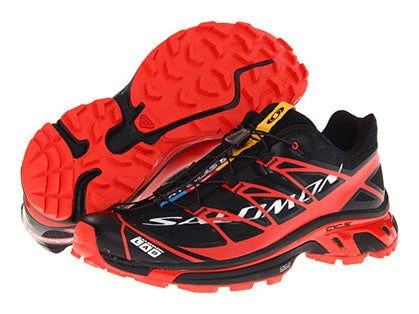
In the battle of feet vs. sand, your shoes can either be your worst enemy or your best ally. In addition to cushioning for a high mileage week and a little extra heft for carrying a heavy pack, your shoes need to protect from the blister-causing grit. Look for options with little-to-no mesh; if the sun comes though when you hold the shoe up to the light, so will the sand! The Salomon S-Lab XT Wing5 SoftGround is a popular choice in the field for its closed-weave upper, aggressive tread and comfortable stability.
Bonus Tip: Buy one pair in your normal size for testing on long training runs with your pack, ideally in sandy conditions—then buy a second “race pair” at least one full size up to accommodate for foot swelling during the stage race. Your wallet will take a beating, but it’s worth it.
SLEEPING BAG
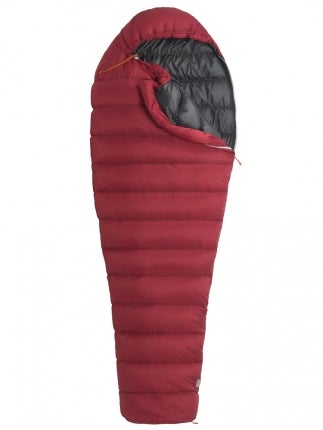
Weight and warmth are key! The desert can be surprisingly chilly at night, especially when your body is depleted from high exertion and lack of calories, so check your gear list for the required minimum temperature rating. My favorite is the supremely light Marmot Atom which weighs in at just 21 ounces, but feels like a luxury at the end of a hard day with its premium goose down.
Bonus Tip: You’ll be sharing a tent with up to eight people, so privacy is hard to come by. A bag with a mummy style face muff is a must when you need to shut out the world and get some much-needed rest. Light sleeper? Stash a set of earplugs in your bag for added insurance.
SLEEPING MAT
When pack space is at a premium, it’s tempting to forgo the sleeping mat—but, remember, you’ll likely end up spending some nights on rock fields where a little inflated air will become a real back-saver. I opt for the Therm-a-Rest ProLite Sleeping Pad, which self-inflates quickly and offers sturdy support for my key skeletal range (shoulders to hips only). This mini-pad (in size XS) weighs eight ounces and doesn’t hog pack space. For just a shaving more, you can have full-body comfort with the Klymit Inertia X Frame Camping Mattress, at 9.1 ounces, which feels almost as good as your real bed at home.
Bonus Tip: Still debating whether to bring a mat? Stage-racing veteran Howard Cohen trims a piece of foam padding to a small rectangle that he uses to line his pack during the day for extra back support and then sleeps on at night—double the function for just a few ounces.
POLES
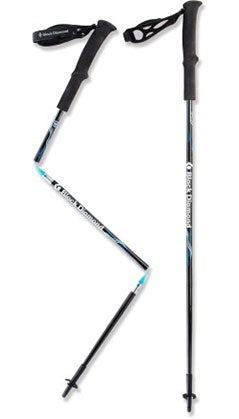
To use or not to use poles? The field is split, but I am adamantly in favor. The Black Diamond Ultra Distance Z-Poles are my carbon-fiber secret weapon for supporting the pack weight, lessening my exertion and finding little bits of traction under the ever-sliding sand. In comparing carbon vs. non-carbon options, you’ll instantly feel the difference (about five ounces) and that little bit of weight savings will have a cumulative effect with each stride over the course of a week. The beauty of the Z-Poles is that they are light enough to sprint with or quick to collapse and stow.
Bonus Tip: Multi-day expert Jason “UltraPedestrian Ras” Vaughan often laminates his pace chart or elevation profile and uses clear packing tape to affix it to his poles—an easy way to have quick access to important stats. In a stage race, this might also be a great spot for a picture of a loved one or a motivational phrase.
CLOTHING
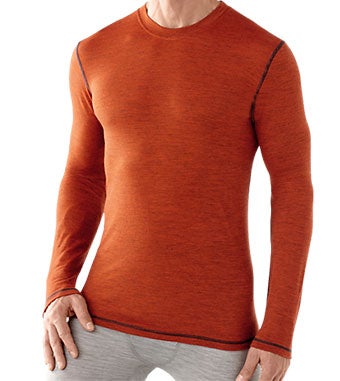
Seven days, one outfit! You may want to burn these pieces by the finish line, but starting out you’ll need to love ‘em. Weight, functionality and, yes, even aesthetics come into play. Many runners choose compressions tights/shorts, but I prefer a less constricting option. Check out The North Face Better Than Naked Split Shorts or Tights for bottoms that live up to their names. At 3.53 ounces, these shorts feel like air, but manage to cover and protect, while also providing three functional pockets. One caveat to remember is that endless sand and a heavy pack may create chafing in areas you’ve never experienced before. The less exposed your skin, the better—an argument for full tights and an SPF long sleeve tech shirt during the day. Always bring generous amounts of anti-chafe cream.
A long-sleeve will be required in addition to your main tee and I recommend SmartWool’s Next To Skin Micro Weight crew (pictured above). This soft, cozy piece is ultra-light yet feels like a security blanket of warmth at the end of long day when your body starts to chill. For a lightweight jacket, nothing beats Patagonia’s longstanding workhorse Houdini jacket, which provides substantial warmth at just 3.6 ounces. Make sure to fully research the temps of your race location as some deserts such as the Atacama in Chile are extremely cold at night requiring a full down jacket and providing additional packing challenges.
Bonus Tip: Everyone is prone to one or two “luxury items.” Before RacingThePlanet Jordan 2012, fellow stage-racer Charla Barbieri Heimer wisely convinced me that changing out of dirty tights into “camp” shorts for relaxing at the end of the day would be worth the few extra ounces. She was right! Most people also bring a pair of cheap flip-flops to walk around camp in, giving the feet a much-needed chance to breathe and re-coup.
ORGANIZATION
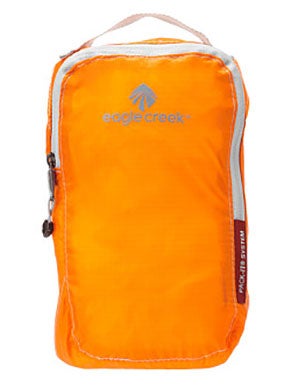
On the trail, zip locks are king, but there is something to be said for compartmentalized storage with a real zipper that stacks like a Tetris piece into your pack. The Eagle Creek Pack-It Spector Quarter Cube provides very affordable, civilized organization with a grab handle at just 0.6 ounces.
Bonus Tip: Use one color to store all your med supplies and a different hue for your toiletries, allowing for easy placement of key items when you’re tired and searching by headlamp. Also, make sure to create a “Boy Scout Kit” for necessary adaptations on the go. Undoubtedly, some piece of gear will fail and a small cache of essentials like duct tape, folding knife/scissors, a few needles and fishing line or other strong thread will prove invaluable.
FOOD

Stage races typically require 2000 calories a day and determining the smartest calorie-per-ounce ratio will probably be your biggest pre-race planning obsession. A very personal choice, some European racers live off of olive oil and fresh parma while some Americans try a liquid-only strategy of fuel and recovery drinks. Most of us, though, will mix the usual suspects of energy foods and freeze-dried meals to top off our daily stores. My lunch on the trail is the nutrient-rich, vegan ProBar Meal bars, which are truly delicious and offer a dense ratio of 390 calories per three-ounce bar. First priority upon finishing for the day is to get in your recovery drink; I recommend Hammer Recoverite in Citrus for its easy, palatable, orange-juice-like taste. Even if you don’t use recovery products at home, they are a functional necessity when running for seven days straight and are easy calories to carry in a powder form at roughly 100 calories per ounce. Right before bed, I treat myself to a Justin’s Chocolate Hazelnut Butter squeeze pouch which acts as a yummy dessert and adds an incredible 180 calories per 1.1-ounce packet.
Bonus Tip: For nights when your stomach is nauseous, pack a few pouches of powdered mashed potatoes and sprinkle on powdered gravy for extra flavor and replacement sodium. This comfort food is inexpensive, always goes down easy and ensures your carb fueled for the next day.
You Might Also Be Interested In …
- Part I: Introduction to Running Stage Races
- Part II: A Conversation with Ray Zahab
- Part III: Is the High Price of Stage Racing?
Jenn Hughes is a Washington-based ultrarunner and owner of RunPrettyFar, a women’s running-apparel company.